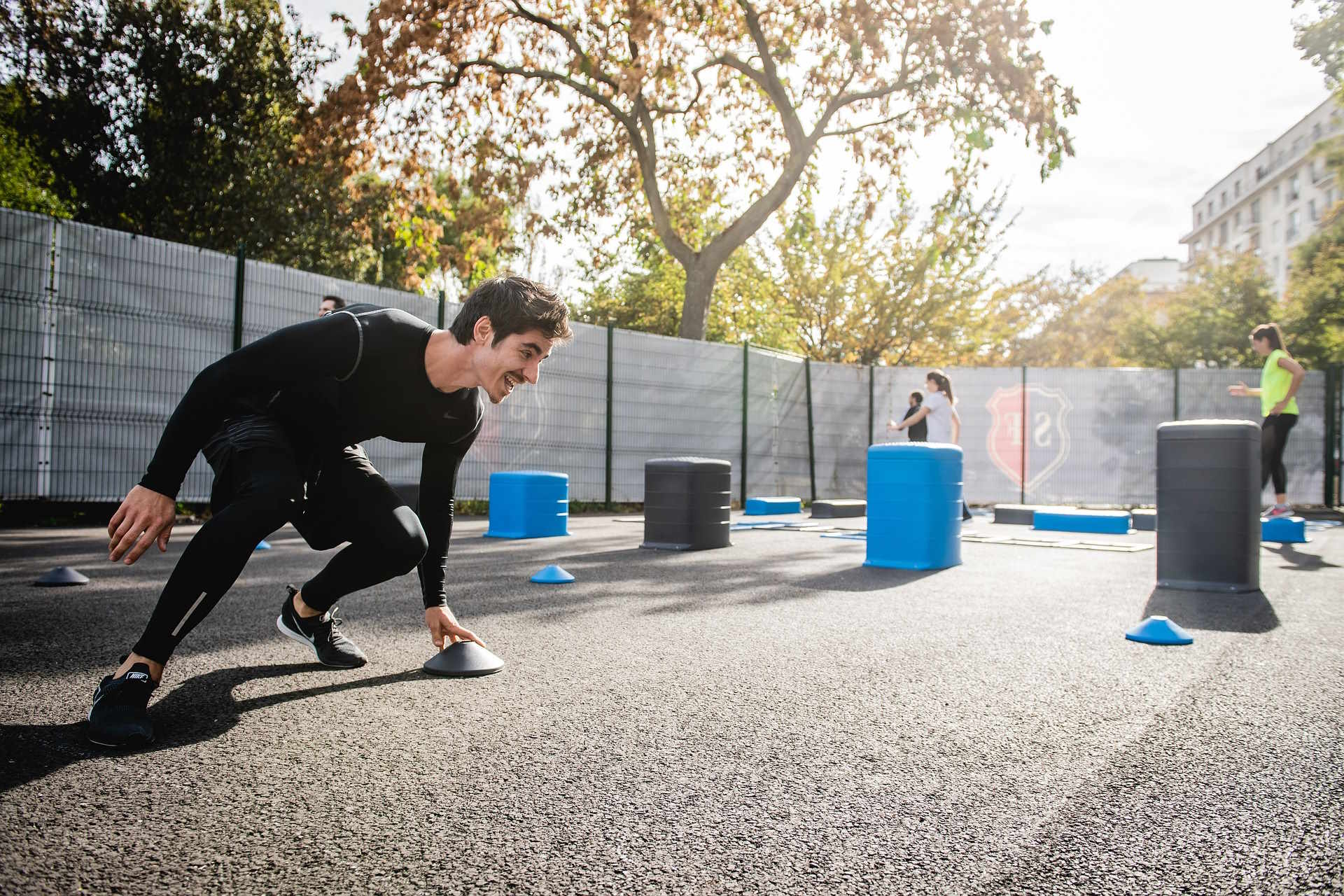Agility Training for Athletic Success
Agility is a cornerstone of athletic performance, empowering athletes to change direction quickly and efficiently while maintaining control. Whether you're a soccer forward dodging defenders or a tennis player pivoting for a return shot, agility is key. This article dives into the science and techniques behind agility training, helping athletes at all levels refine their movements and elevate their game.

What Is Agility and Why Does It Matter?
Agility is the ability to move quickly and change direction with precision. Unlike speed, which focuses on straight-line motion, agility combines balance, coordination, and reaction time. It’s a critical skill for athletes in nearly every sport, from basketball and football to gymnastics and fencing.
The benefits of agility training include:
- Enhanced Performance: Quick directional changes can outsmart opponents and create scoring opportunities.
- Injury Prevention: Improved body control reduces the risk of strains, sprains, and falls.
- Functional Fitness: Agility supports everyday movements, improving overall physical well-being.
By prioritizing agility training, athletes can gain a competitive edge while building resilience against injuries. This makes it a must-have element in any well-rounded training regimen.
Core Components of Agility Training
Effective agility training combines several components, each targeting a different aspect of movement. These include:
- Plyometric Exercises: These explosive movements, like box jumps or burpees, improve power and speed.
- Reaction Drills: Exercises like shadowing a partner or reacting to visual cues enhance decision-making speed.
- Dynamic Flexibility: Stretching exercises, such as leg swings or arm circles, improve range of motion, supporting quick transitions.
- Balance Training: Stability exercises, such as single-leg stands or Bosu ball drills, develop core strength and control.
By integrating these elements, athletes can fine-tune their coordination, reaction time, and movement efficiency, making them more adaptable on the field or court.
Agility Drills for Any Athlete
Agility drills are versatile and can be tailored to specific sports or fitness goals. Popular drills include:
- Ladder Drills: Use an agility ladder to practice quick foot patterns, like side steps or crossover runs.
- Cone Drills: Set up cones to create zig-zag or figure-eight patterns, improving lateral movement and directional changes.
- Shuttle Runs: Sprint back and forth between markers to build speed and endurance.
- Mirror Drills: Partner-based exercises where one person mirrors the movements of another, enhancing reaction and tracking skills.
These drills are easy to modify for athletes at different levels, ensuring progressive improvement over time.
The Role of Agility in Injury Prevention
Agility training doesn’t just enhance performance—it also helps protect the body. Movements that require sudden stops, pivots, or accelerations can place immense strain on joints and muscles. Agility training prepares the body for these demands, reducing the likelihood of injury.
Key injury-prevention benefits include:
- Stronger Stabilizer Muscles: Improved stability helps prevent joint misalignments during quick movements.
- Enhanced Proprioception: Better awareness of body positioning lowers the risk of missteps.
- Controlled Deceleration: Proper technique during stops reduces strain on ligaments and tendons.
Athletes who incorporate agility training are less prone to common injuries like ACL tears, ankle sprains, and hamstring pulls, making it an investment in long-term health.
Agility Training for Different Sports
Agility demands vary across sports, and tailored programs can maximize effectiveness. Examples include:
- Soccer: Drills that mimic match scenarios, like weaving through cones or reacting to passes.
- Basketball: Exercises focusing on lateral movement, jump stops, and quick pivots.
- Tennis: Footwork drills to improve court coverage and split-step reactions.
- Martial Arts: Partner-based reaction drills to enhance evasion and attack timing.
Customizing agility training to suit the specific needs of an athlete’s sport ensures that their skills translate directly to in-game performance.
Useful Tips and Facts
- Start agility training with a proper warm-up to prevent injuries and improve performance.
- Focus on form over speed; precise movements are more effective than rushed execution.
- Incorporate rest days into your schedule to allow muscles and joints to recover.
- Invest in quality training equipment, such as agility ladders, cones, and resistance bands.
- Mix agility drills with strength training for a balanced fitness routine.
- Use video analysis to identify areas for improvement in your movements.
Conclusion
Agility training is a cornerstone of athletic development, blending speed, balance, and precision to optimize performance. Whether you’re looking to excel in a specific sport or simply enhance your overall fitness, agility training offers a versatile and impactful approach. By incorporating tailored drills, focusing on injury prevention, and customizing programs for your goals, you’ll unlock new levels of athletic potential and resilience.




